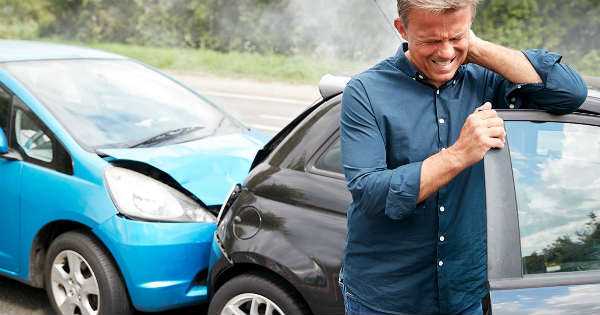One of the most common types of car accidents we see around northern and central Florida is the T-bone accident. This particular variety of car crashes can be particularly damaging because it usually involves one or both drivers not paying attention. For most of us, when we approach an intersection with a green light, we assume that we`re safe to proceed through, but that`s not always a safe presumption. With an increased number of distractions for drivers, what was once a relatively safe bet has become increasingly perilous.

What causes a T-bone accident?
At most intersections in the United States, the right of way is defined by a traffic light, a stop sign, or a yield sign. In the absence of these types of traffic control, there are laws governing the right of way.
When two vehicles are approaching an intersection from different cross streets, one or the other has the right of way. If the vehicle that`s supposed to stop or yield fails to do so, there is liable to be a T-bone collision. Some of the common causes of T-bone accidents include:
- Vehicle running a red light
- Vehicle failing to come to a complete stop at a stop sign or yield sign
- Vehicle proceeding into the intersection without checking to make sure their right of way is clear
Why are T-bone Crashes so Devasting?
Generally, T-Bone crashes involve two vehicles in
motion. The driver with the right of way is either continuing through an
intersection without slowing, believing that their way is clear, or
accelerating from a stop. The other driver is often traveling at a relatively
high rate of speed because they either didn`t notice a changing light or they
tried to beat it.
In addition, the angle of the crash is often a factor in the severity of
injuries. If there are occupants on the side of the ca that`s struck, they
could suffer the brunt of the devastating impact.
T-Bone Accident Checklist
If you`re in a T-bone accident, there are certain things that you should do to ensure your safety and to protect the integrity of the scene in case you need to file a personal injury claim.
- Make Certain You`re Safe – Intersections are just as dangerous after an accident and you may have vehicles moving through from multiple directions. Get our of the roadway if possible.
- Call 911 – Get police and rescue deployed to the scene.
- Check on Injuries of Others – If you`re able to safely, check on your passengers and other parties.
- Take Photos or Video – From a safe vantage point, photograph or video all aspects of the crash, including the position of vehicles, damage, injuries, road marks, tire marks, etc.
- Get Witness Information – Ask witnesses to remain at the scene. If they have to leave, ask for their contact information.
- Get Medical Treatment – If you`re hurt, allow rescue workers to examine you, and if necessary, go to the hospital.
Call a Car Accident Attorney
If you`re injured in an accident, you will want to speak with an attorney who handles car accident lawsuits. Personal injury lawyers don`t charge for initial consultations and work on a contingency basis.

